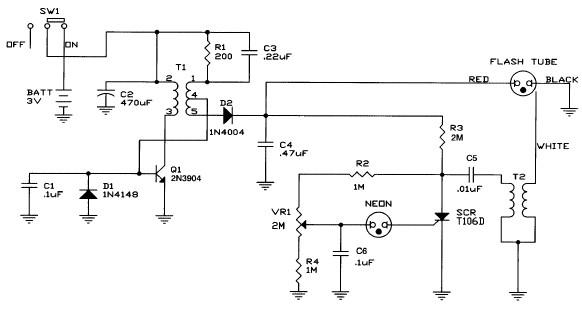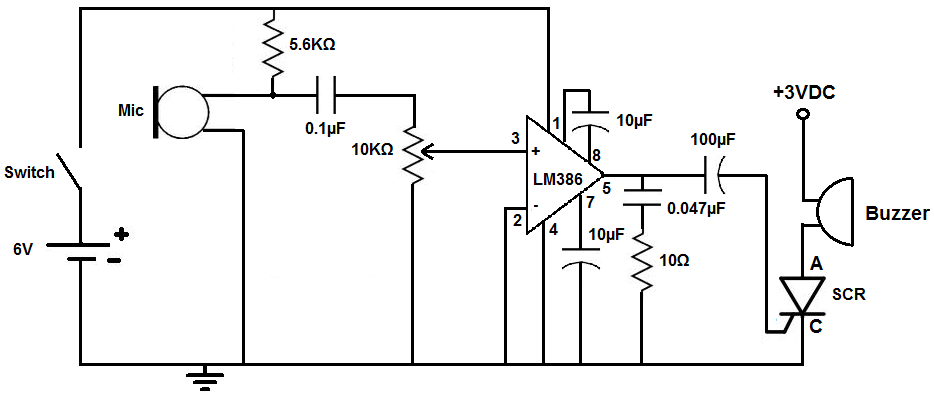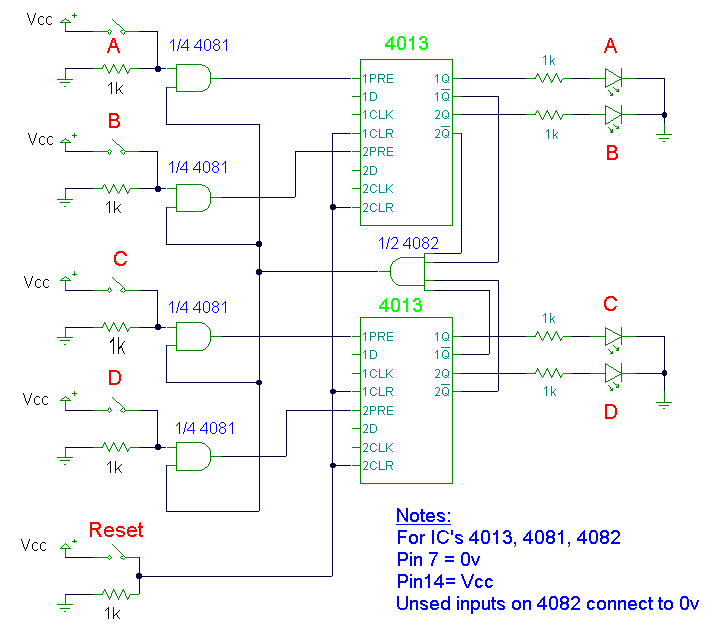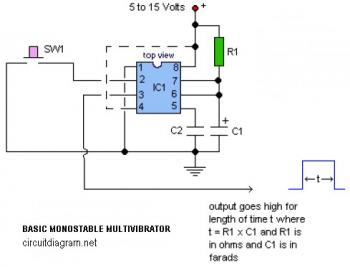
Bell circuit with two 555 timers
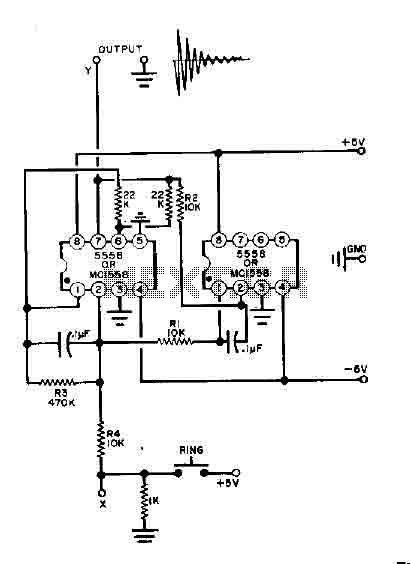
This simple bell circuit utilizes two 555 timers. The frequency is regulated by capacitors that should maintain nearly identical values for optimal performance. Fine-tuning is achieved using resistors R1 and R2. Additionally, the decay time is managed by resistor R3.
The circuit operates using two 555 timer ICs configured in astable mode, which generates a continuous square wave output. The frequency of oscillation is determined by the timing components, specifically the resistors R1, R2, and the capacitors C1 and C2. For optimal performance, it is crucial that the capacitors C1 and C2 have closely matched values, as any significant difference may lead to uneven frequency outputs and affect the overall sound quality of the bell.
Resistors R1 and R2 are used to set the charge and discharge times of the capacitors, which in turn dictate the frequency of the output signal. Fine-tuning of the frequency can be accomplished by adjusting the values of R1 and R2, allowing for precise control over the pitch of the bell sound. The decay time of the generated tone is influenced by resistor R3, which controls how quickly the output signal diminishes after the initial activation of the circuit.
In this configuration, the output from the second 555 timer can be connected to a speaker or a piezo buzzer, producing the characteristic bell sound when the circuit is powered. The design can be further enhanced by adding additional components such as diodes for protection, or variable resistors for more extensive tuning capabilities. Proper layout and component selection are essential to ensure the stability and reliability of the circuit during operation.This simple Bell circuit uses two 555 timers. The frequency is controlled by the capacitors that must be preserved almost identical in value to each other for best results. Fine tuning is done with R1 and R2. The decay time is controlled by R3.
The circuit operates using two 555 timer ICs configured in astable mode, which generates a continuous square wave output. The frequency of oscillation is determined by the timing components, specifically the resistors R1, R2, and the capacitors C1 and C2. For optimal performance, it is crucial that the capacitors C1 and C2 have closely matched values, as any significant difference may lead to uneven frequency outputs and affect the overall sound quality of the bell.
Resistors R1 and R2 are used to set the charge and discharge times of the capacitors, which in turn dictate the frequency of the output signal. Fine-tuning of the frequency can be accomplished by adjusting the values of R1 and R2, allowing for precise control over the pitch of the bell sound. The decay time of the generated tone is influenced by resistor R3, which controls how quickly the output signal diminishes after the initial activation of the circuit.
In this configuration, the output from the second 555 timer can be connected to a speaker or a piezo buzzer, producing the characteristic bell sound when the circuit is powered. The design can be further enhanced by adding additional components such as diodes for protection, or variable resistors for more extensive tuning capabilities. Proper layout and component selection are essential to ensure the stability and reliability of the circuit during operation.This simple Bell circuit uses two 555 timers. The frequency is controlled by the capacitors that must be preserved almost identical in value to each other for best results. Fine tuning is done with R1 and R2. The decay time is controlled by R3.
